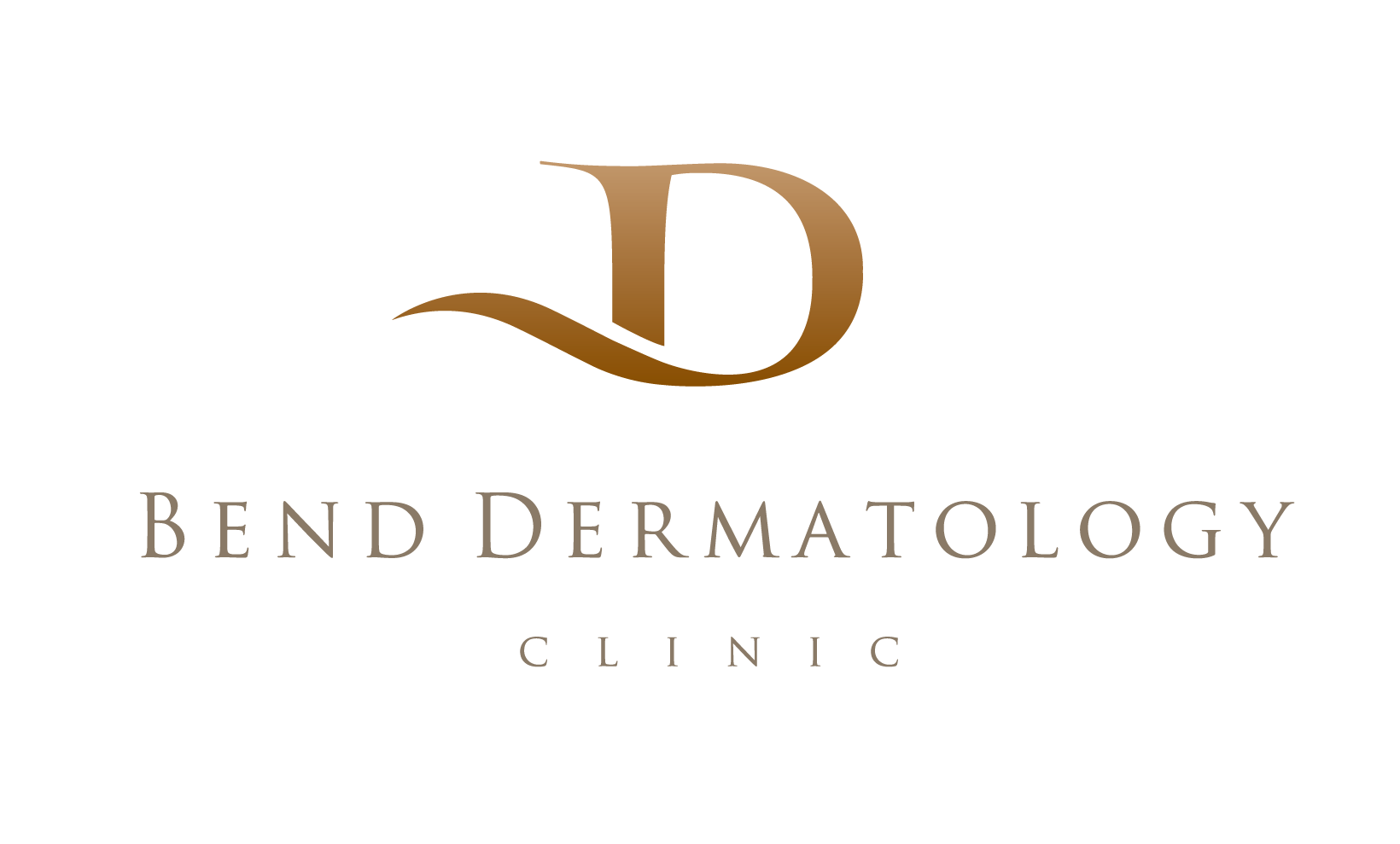By Mariah Johnson, MD
Board-Certified Dermatologist, Fellowship-Trained Mohs Surgeon
It’s funny how the word laser still concocts images in our heads of science fiction programs, even though the technology has been around for quite a while. In fact, Dr. Leon Goldman was the first to use lasers in dermatology back in the early 1960s. Since then, they have become increasingly popular for all the diverse things they can do to help skin concerns. If you are considering getting laser treatments for any skin care concerns, it is always wise to do your research, consult your Board-Certified Dermatologist, and be clear about your skin care goals. Let’s dive right in and take a good look at what lasers can do.
How do lasers work?
Lasers deliver a single wavelength of intense, focused energy that is rapidly absorbed by specific molecules or proteins in the skin. Using this focused energy, the treatments can target a particular area without damaging the surrounding skin. Depending on the wavelength of the laser, we can target water, hemoglobin (protein in red blood cells), melanin (natural pigment), or tattoo ink.
When a laser beam is absorbed by water in the skin, the skin cells are vaporized. When a laser beam is absorbed by hemoglobin, heat is transferred to the blood vessel walls, causing them to collapse or rupture. When a laser beam is absorbed by pigment, the pigment is broken into smaller pieces and removed by your body.
Lasers generally work best when the “target” differs from the background skin. For instance, a dark sunspot on light skin is relatively easy to treat, but a dark sunspot on dark skin is challenging.
Different Types of Lasers and What They Treat
Lasers can be classified in various ways, but the easiest way to categorize them is based on function:
- Vascular lasers target hemoglobin. These lasers effectively treat superficial blood vessels (i.e., spider veins), rosacea, cherry angiomas, and vascular birthmarks.
- Pigment-reducing lasers are used to target melanin or tattoo ink. As such, they are used to treat sunspots, tattoos, and pigmented birthmarks, such as port-wine stains.
- Hair removal lasers target melanin in hair follicles. The energy is converted into heat which damages the follicle, preventing the hair from growing back.
- Resurfacing lasers target water within the skin cells, resulting in thermal damage. This minor injury forces the skin to generate new collagen, which can subsequently improve the appearance of fine lines, wrinkles, scars, and even superficial pigment. There are different types of resurfacing lasers:
- Non-ablative resurfacing lasers penetrate the second layer of skin without disrupting the first layer. Most people will experience minimal discomfort, usually involving some skin redness and mild swelling, and recovery time is relatively quick.
- Ablative resurfacing lasers penetrate the first and second layers of skin. This treatment stimulates collagen growth, improving the skin’s firmness and texture. Ablative lasers are more aggressive than non-ablative, making recovery longer.
- “Fractional” resurfacing lasers can be ablative or non-ablative. Rather than treating 100% of the skin’s surface, they treat a “fraction” of the skin. For instance, a mild fractional treatment may treat <10% of the skin’s surface. Whereas an aggressive fractional treatment may treat >50% of the surface of the skin.
At Bend Dermatology Clinic, we use various lasers to help with a range of skin concerns. While it is interesting to learn about the different varieties of laser treatments, remember that it is much more important to consult a Board-Certified Dermatologist with the qualifications and expertise to treat skin concerns with laser technology.
Preparing for Your Laser Treatment
Patients should always be evaluated to assess their candidacy for laser treatments. During your initial consultation, your Provider will review your medical history. Make sure to let them know about the medications you take. They will also discuss your skin care goals and expectations with you. All of these factors will ensure the Provider selects a treatment that will effectively treat your specific concerns.
Your Provider will let you know how to prepare for your treatment. One essential thing you need to do, regardless of the type of laser treatment, is practice strict sun protection before your treatment appointment. This includes staying out of tanning beds. They may also ask you to stop using certain skin care products, such as acids and retinoids, that may irritate your skin. If you are having a laser hair removal treatment, you will need to stop waxing, tweezing, bleaching, etc., for a period of time before your treatment.
How do I care for my skin post-treatment?
Post-laser care is very dependent on the laser. Some treatments require minimal care besides icing and sun protection, while others require more specialized care. Your Provider will give you detailed instructions for your aftercare, which are important to follow to heal quickly without fewer complications.
Some basics that will help you through the process:
- Follow basic hygiene to avoid infections – wash your hands before touching the treated area and keep the site clean.
- Avoid any sun exposure to protect your skin and prevent hyperpigmentation. Use sunscreen as soon as your Provider recommends.
- Use ice on the area to help with any swelling. If your treatment was on your face, keep your head elevated.
- If you have any open wounds, avoid touching the skin or picking at them. If you experience itching, do not scratch the area.
- Avoid any exercise that will overheat you, and stay away from saunas, swimming pools, and hot tubs. When you clean the treated area, it is best to use lukewarm water.
- Do not use any harsh products on your skin. These include scrubs, exfoliants, and acids.
Most importantly, be patient with the process. You must give your skin time to heal and allow the treatment to reveal its results.
At Bend Dermatology, our highly-experienced Providers will answer all your questions about any of our laser treatments. Know that you and your skin are our number one priority; as such, we will work with you to help you achieve your skin care goals. Make an appointment for a consultation at any of our six locations in the Central Oregon area.

